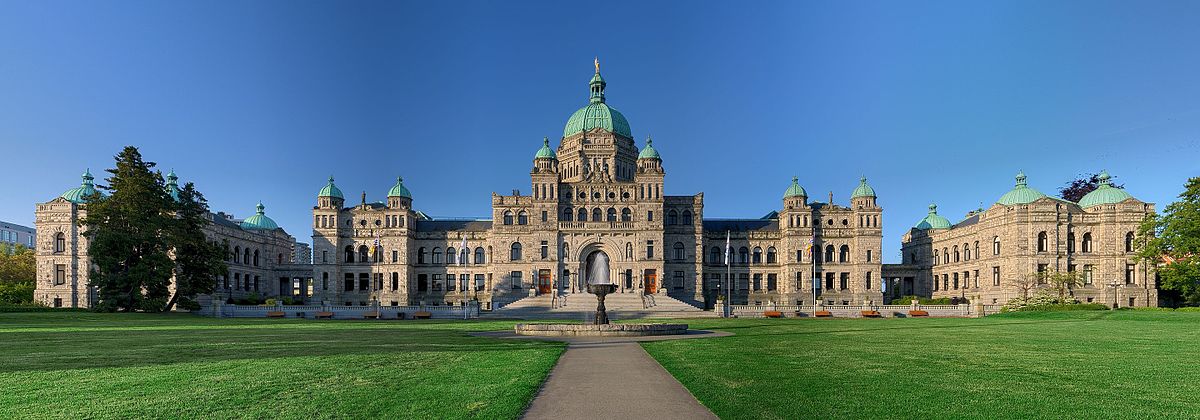Editorial: Our choice of voting systems -- Part Four
This is Part Four in the series on the upcoming referendum and the voting systems we can choose. To recap briefly, the referendum this fall will offer us a choice between staying with our current system of voting, usually called First-Past-the-Post (FPTP), or moving to a system of Proportional Representation.
People who want to move to Proportional Representation criticize FPTP because it so often results in a party gaining a majority of the seats in the Legislature with a minority of the votes. (People who want to stay with FPTP like it for that very reason – if they think “their” party is likely to be the one holding all the power based on a minority of the votes.)
The ballot this fall will ask two questions: the first will be which system voters would like to use in future – FPTP, or a Proportional Representation (ProRep) system.
The second question will be, if we do move to a system of ProRep, which of three choices voters prefer. Voters are not required to answer both questions. This series is intended to help people understand the differences between the three systems of ProRep that will be on offer.
The three systems will be:
· Dual Member Proportional (described in Part Two),
· Mixed Member Proportional (described in Part Three), and
· Rural-Urban PR (described in this part. Please read on!)
Rural-Urban Proportional Representation seeks to use two different systems: Single Transferable Vote (STV) for the geographically smaller but more densely populated urban and semi-urban electoral districts that would elect more than one member — up to seven MLAs for a district — and Mixed Member Proportional for the larger, more sparsely populated rural districts, with one seat per district elected by FPTP, with some top-up “list” seats to achieve proportionality regionally.
STV was the system recommended for BC by the Citizens’ Assembly on Electoral Reform before the previous referendum. It has a ballot that is simple to fill out – on which voters rank the candidates – but the ballot-counting process is more complex and involves a calculation of the “Droop quota” which is recommended for this system.
On the ballot, candidates would be grouped by party, in random order within the party grouping, and the parties would be listed in random order.
Under STV, the total number of valid ballots cast is first counted, then the number of first-choice votes required to elect a candidate is calculated. When a candidate gets that number of first-choice votes, that candidate is declared elected.
What gives me pause about the STV system and its “Droop quota” is this line in the Wikipedia explanation: “The Droop quota does not absolutely guarantee that a party with the support of a solid majority of voters will not receive a minority of seats.” Since I’d like representation in the Legislature to reflect the total votes received, that line troubles me.
The proposed STV system for the urban districts would distribute “surplus” votes using the Weighted Inclusive Gregory system, and, dear readers, I have perused a number of on-line explanations of this system to find one that is relatively easy to understand by non-electoral system experts. What I could gather is that it provides a more accurate method for translating voters’ rankings into representation than some of the earlier methods for counting and transferring votes to second-choice candidates.
What gives me pause about this dual-system proposal is the admission in the Attorney General’s Report and Recommendations that rural areas would have less proportional results than the urban areas.
On the other hand, with Rural-Urban PR the rural areas would have a simple ballot, and could vote directly for their local MLA, and could possibly also vote directly for the “top-up” candidates by way of open lists which enable voters to choose candidates from those lists, rather than the parties’ ranking taking precedence. But then, that’s also true of the other ProRep systems.
The total number of MLAs in the province would, as with all the methods proposed, be between 87 and 95.
For the urban STV districts, voters would be required to mark their first choice on the ballot, but would not be required to rank second or third (or more) choices if they prefer not to.
For the rural MMP districts, there would be no need for the 5%-of-the-vote threshold, because the relatively small number of top-up or “list” seats means that the effective threshold would be higher than 5%.
If this Rural-Urban PR system is chosen by the voters, then the Electoral Boundaries Commission will have to decide on the number and the boundaries of the STV districts, and the number and boundaries of the MMP districts, and to define the rural regions used to allocate list seats to achieve proportionality.
For those who would like to look through the Attorney-General’s Report and Recommendations, which is a clear and readable document, here’s a convenient link: https://engage.gov.bc.ca/app/uploads/sites/271/2018/05/How-We-Vote-2018-Electoral-Reform-Referendum-Report-and-Recommendations-of-the-Attorney-General.pdf
To sum up, in my view the Rural-Urban PR system has the advantage of treating the urban and rural areas differently – and they are different; and it has the disadvantages of potentially less proportionality for the rural areas, and a very complex method for counting voters’ choices on the ranked ballots for the urban areas.
In Part Five, we’ll look at a summary of the differences between FPTP and the ProRep systems, and a summary of the three ProRep systems that will be on the referendum ballot this fall – what they all have in common, and how they differ from each other.


























